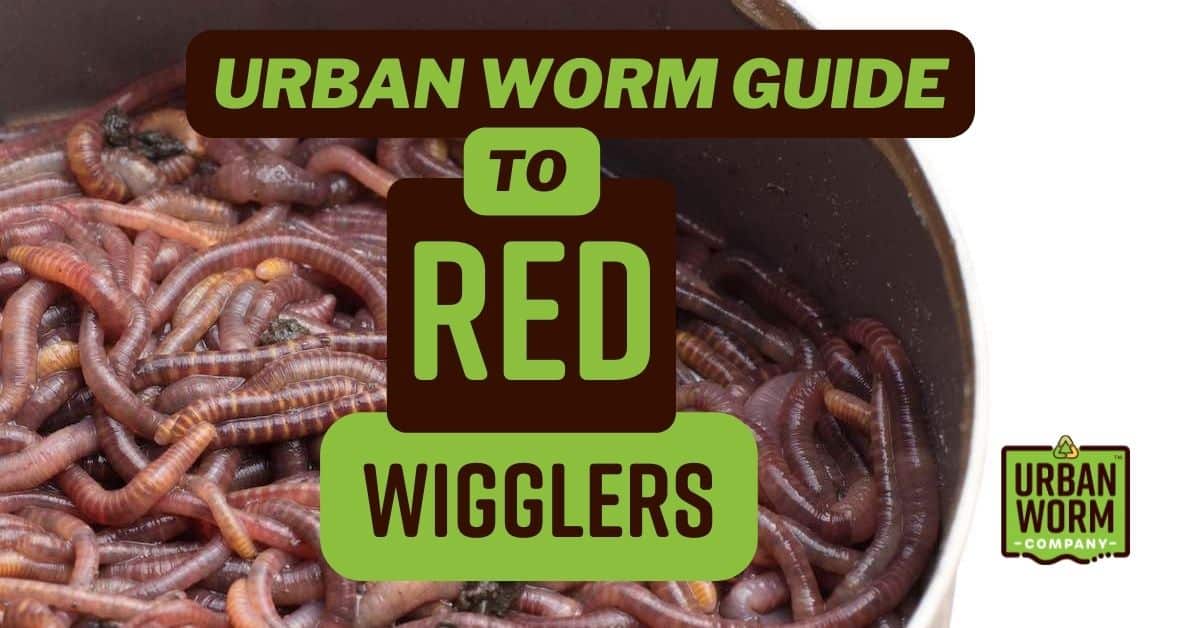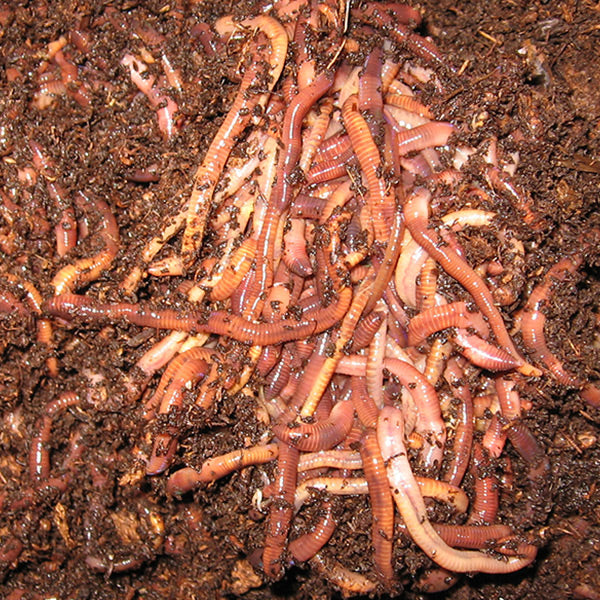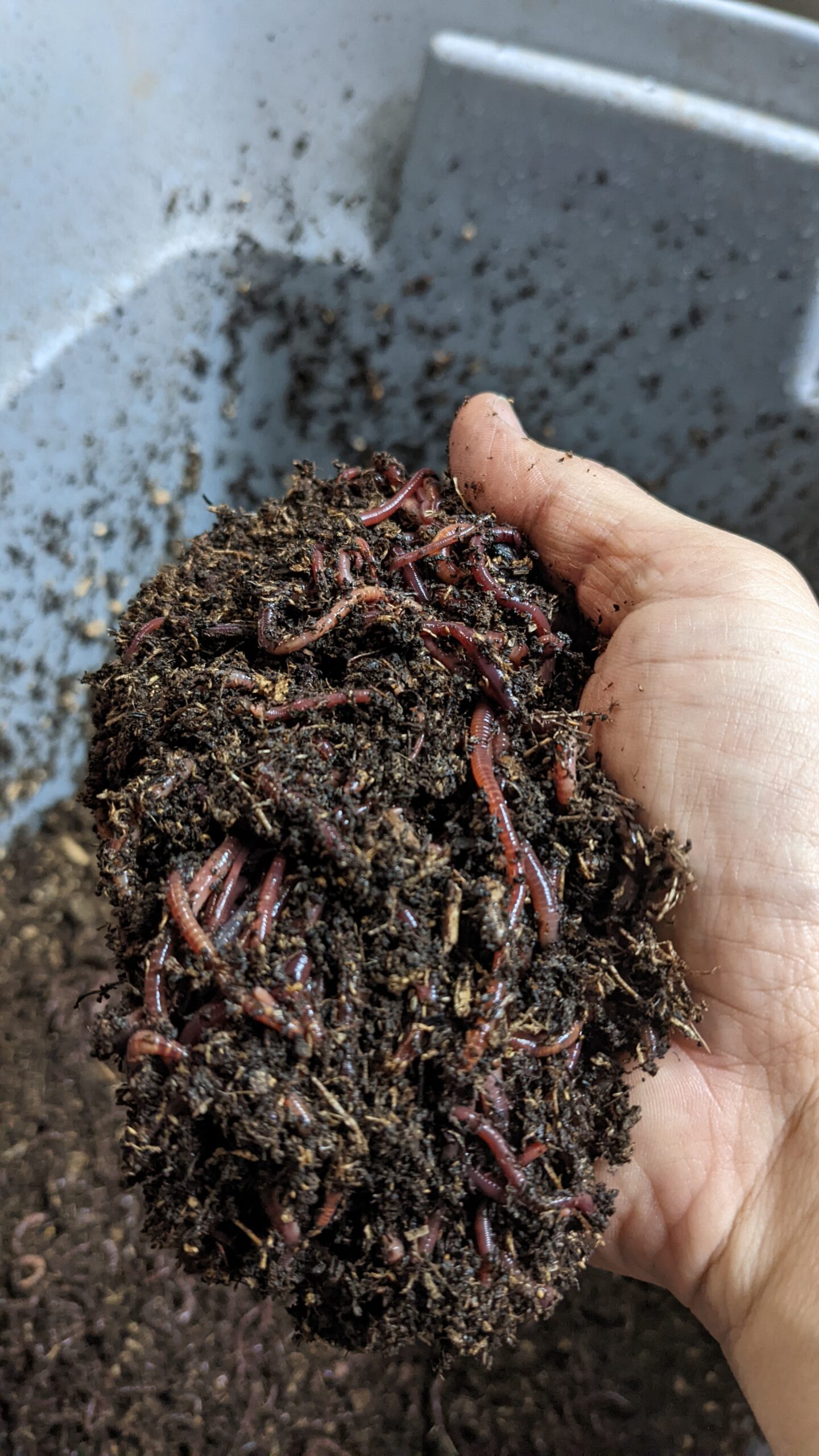The Definitive Guide to Red Wiggler Express
The Definitive Guide to Red Wiggler Express
Blog Article
The Of Red Wiggler Express
Table of ContentsThe Ultimate Guide To Red Wiggler ExpressThe Single Strategy To Use For Red Wiggler ExpressThe Main Principles Of Red Wiggler Express The Buzz on Red Wiggler Express
Vermicomposting certainly isn't a new method. We've been doing it right here at Uncle Jim's for decades. Yet with the worldwide press for sustainability and with environment-friendly methods expanding in appeal, individuals are lastly happening and acknowledging the ecological benefits of red wiggler worms and composting. In this article, we'll talk about just how vermicomposting sustains lasting horticulture and the ecological benefits of red wigglers and other earthworms.
This is the short of it. If you wish to read in-depth regarding red wiggles, we have a whole post devoted to them below. Currently, allow's get involved in the nuts and bolts of just how these worms support lasting gardening practices and benefit the setting: Worm composting is like a health spa day for your dirt.
When included into your yard soil, these castings boost its structure, aeration, and water retention. This helps with plant growth and health and wellness and does not require the usage of any kind of chemicals. Did you recognize that organic waste makes up a considerable portion of landfill material?
By diverting your kitchen scraps and backyard waste right into a worm composting container, you're efficiently minimizing the quantity of organic waste that winds up in land fills. It's a win-win circumstance for your garden and the planet. Ignore chemical plant foods worm spreadings are the real deal. They're chock-full of necessary nutrients like nitrogen, phosphorus, and potassium.
Fascination About Red Wiggler Express

Maintain the container in an awesome, shady area to stop overheating. Mix the nutrient-rich worm castings right into your garden soil or utilize them as a leading clothing for potted plants. You'll discover healthier, better plants quickly! It really is as basic as that. In a world where sustainability is becoming progressively crucial, red wigglers shine as unsung heroes of gardening.
Composting may appear like old news, yet doing it with a bin packed with worms most likely does not. Red wiggler worms supply excellent advantages to the organic gardener, generating both an all-natural fertilizer and an effective pesticide. And they eat your kitchen area scraps. The value of red wigglers, a.k (Red Wiggler Express).a. Eisenia fetida, depends on their excrement, known as worm spreadings.
Worm castings may be bought at stores such as SBS in Winery Place or Vineyard Gardens in West Tisbury, but to elevate the worms in a garden compost bed and harvest your own castings is far more enjoyable. The job of these worms is an aspect of lasting living. Red wigglers are native to horse manure, where they tunnel to lay eggs.
Fascination About Red Wiggler Express
(https://www.backpagedir.com/Red-Wiggler-Express_412718.html)They can not make a lot of it." He covers the bin with straw, then a piece of old carpet. "They like the warmth," he states. Lynn discusses the manufacturing of spreadings and 2 uses: as a plant food and as a pesticide. "They absorb rotting matter. It goes through them and includes calcium to make this abundant planet," she states.
"We call it gold tea," states Lynn. "I did it to see if it would certainly make a distinction on white flies and aphids. My rosemary had a mold and mildew or fungus. After I sprayed, right away it looked better." The red wiggler is a vast dog breeder, laying eggs as often as when a week.
It takes 3 to five months for an infant worm to reach sexual maturity and the grown-up length of 3 inches. Their lifetime is 4 to 5 years unless certainly they are utilized for lure. As freshwater fish lure, wigglers agonize responsible and make it through undersea longer than conventional earthworms.

As one of the Epigeic course of compost worms, the generally does not appear in soils. The worm is red or reddish-brown in color and has a smooth, cylindrical shape.
A red wiggler worm can grow up to 4 inches in size yet is generally only about 2 and a fifty percent inches. The worm has a little mouth situated at the front of its head. It likewise has tiny bristles, called setae, which aid the worm action and support itself to surfaces.

Report this page